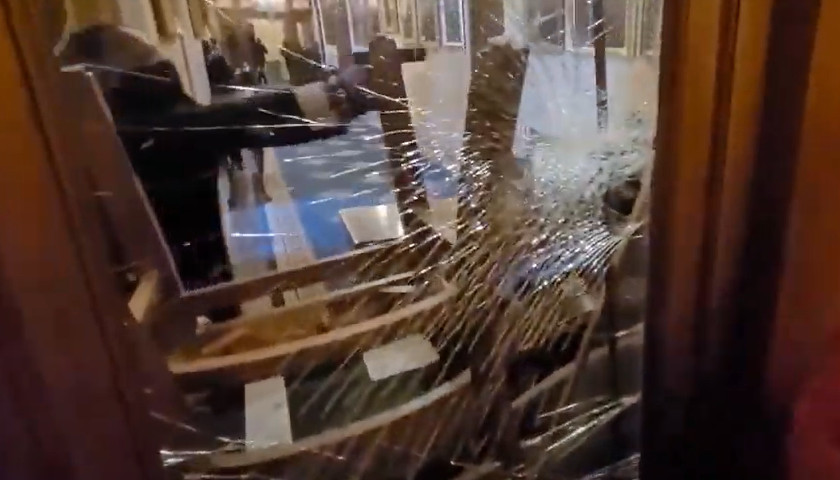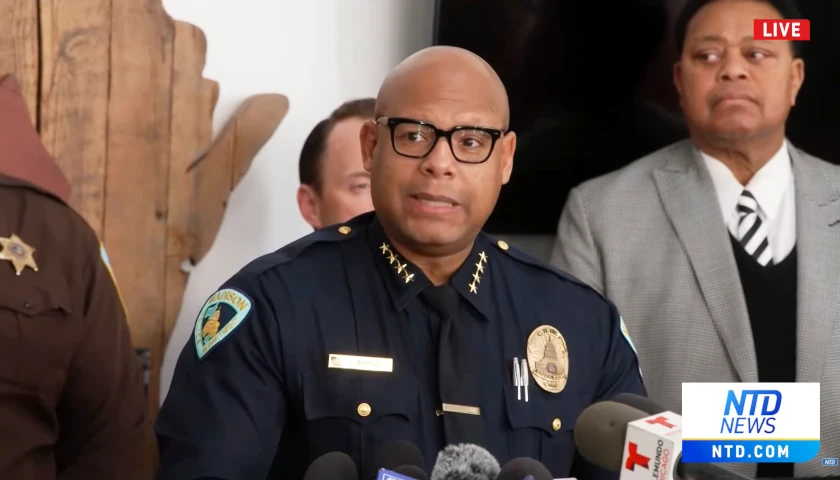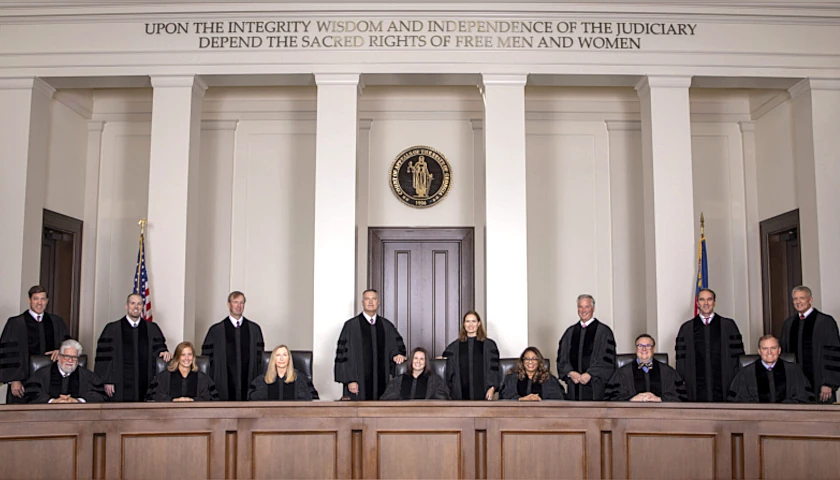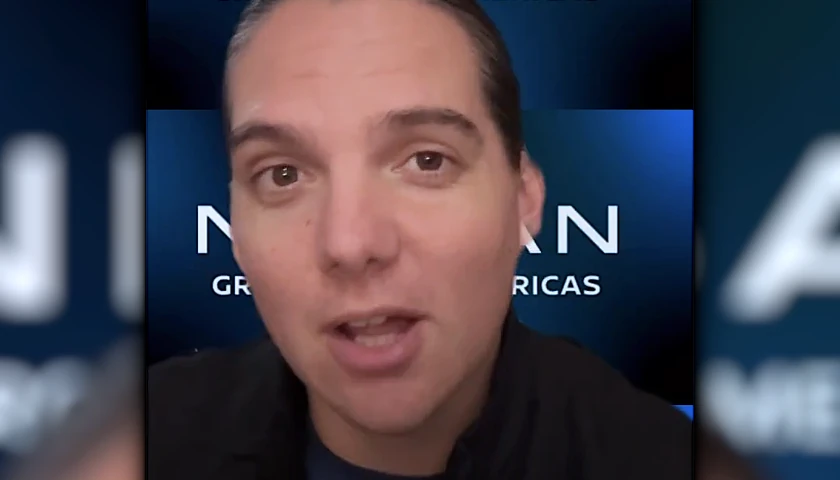by Debra Heine
The U.S. Capitol Police officer who fatally shot 35-year-old Air Force veteran Ashli Babbitt on January 6 will not face federal charges, the Department of Justice announced Wednesday.
An investigation by the U.S. Attorney’s Office for the District of Columbia’s Public Corruption and Civil Rights Section and the Civil Rights Division, along with the Metropolitan Police Department’s Internal Affairs Division (IAD) “determined that there is insufficient evidence to support a criminal prosecution.”
Babbitt was among the hundreds of thousands of Trump supporters who were in Washington D.C. that day to protest the results of the rigged 2020 presidential election. The protest devolved into a riot when hundreds of people stormed the U.S. Capitol and clashed with Capitol police.
The officer who killed Babbitt has not been identified by law enforcement officials, and will likely never be. By way of comparison, the Minneapolis officer who fatally shot a criminal who had a warrant out for his arrest, was identified within 24 hours, and is now being charged with 2nd degree manslaughter.
According to the DOJ press release, “officials examined video footage posted on social media, statements from the officer involved and other officers and witnesses to the events, physical evidence from the scene of the shooting, and the results of an autopsy” to come to that conclusion.
U.S. Attorney’s Office at the District of Columbia stated that the unarmed Babbitt was among a “mob” of people who entered the U.S. Capitol building and gained access to a hallway outside “Speaker’s Lobby, during “a Joint Session of Congress, convened to certify the results of the Electoral College vote.”
At the time, the USCP was evacuating Members from the Chamber, which the mob was trying to enter from multiple doorways. USCP officers used furniture to barricade a set of glass doors separating the hallway and Speaker’s Lobby to try and stop the mob from entering the Speaker’s Lobby and the Chamber, and three officers positioned themselves between the doors and the mob. Members of the mob attempted to break through the doors by striking them and breaking the glass with their hands, flagpoles, helmets, and other objects. Eventually, the three USCP officers positioned outside the doors were forced to evacuate. As members of the mob continued to strike the glass doors, Ms. Babbitt attempted to climb through one of the doors where glass was broken out. An officer inside the Speaker’s Lobby fired one round from his service pistol, striking Ms. Babbitt in the left shoulder, causing her to fall back from the doorway and onto the floor.
A USCP emergency response team, which had begun making its way into the hallway to try and subdue the mob, administered aid to Ms. Babbitt, who was transported to Washington Hospital Center, where she succumbed to her injuries.
The focus of the criminal investigation was to determine whether federal prosecutors could prove that the officer violated any federal laws, concentrating on the possible application of 18 U.S.C. § 242, a federal criminal civil rights statute. In order to establish a violation of this statute, prosecutors must prove, beyond a reasonable doubt, that the officer acted willfully to deprive Ms. Babbitt of a right protected by the Constitution or other law, here the Fourth Amendment right not to be subjected to an unreasonable seizure. Prosecutors would have to prove not only that the officer used force that was constitutionally unreasonable, but that the officer did so “willfully,” which the Supreme Court has interpreted to mean that the officer acted with a bad purpose to disregard the law. As this requirement has been interpreted by the courts, evidence that an officer acted out of fear, mistake, panic, misperception, negligence, or even poor judgment cannot establish the high level of intent required under Section 242.
The investigation revealed no evidence to establish beyond a reasonable doubt that the officer willfully committed a violation of 18 U.S.C. § 242. Specifically, the investigation revealed no evidence to establish that, at the time the officer fired a single shot at Ms. Babbitt, the officer did not reasonably believe that it was necessary to do so in self-defense or in defense of the Members of Congress and others evacuating the House Chamber. Acknowledging the tragic loss of life and offering condolences to Ms. Babbitt’s family, the U.S. Attorney’s Office and U.S. Department of Justice have therefore closed the investigation into this matter.
The press release did not include information about the officer’s behavior following the shooting. A reporter who was on the scene claimed in an interview that he saw the officer run away after he shot Babbitt. Videos of the shooting have been largely scrubbed off of the internet, but can still be viewed here.
The Washington D.C. Medical Examiner’s office last week ruled Babbitt’s death as a homicide, defining “homicide” as a “death [that] results from the intentional harm of one person by another, including actions of grossly reckless behavior.”
– – –
Debra Heine reports for American Greatness.
Photo “Capitol Shooting” by Jayden X.









His name is David Bailey. a brazillian immigrant and a black lives matter member who hates Trump deplorables and on his facebook page he threated to kill all deplorable.
Hopefully they will sue…..
He should be charged in her death. If she were black then we would have a different outcome
unidentified, and never charged. seems a bit of a double standard eh?